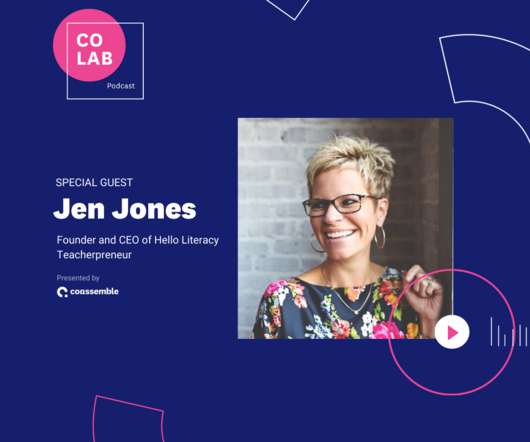#40years of educational technology: Social media
Learning with e's
MARCH 1, 2016
By 2006 several social networking sites were enjoying surges in popularity, including MySpace, Bebo and of course, Facebook. Other tools such as wikis, blogs and podcasts also began to be used in education, at first tentatively, and then as embedded features in various programmes of study. 2006 was also the year Twitter was launched.









































Let's personalize your content